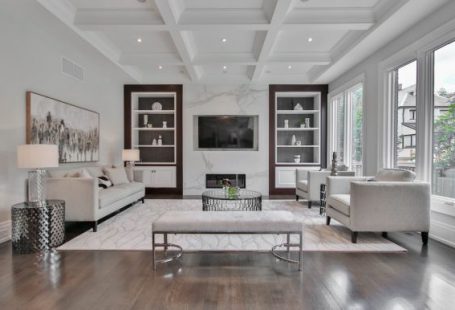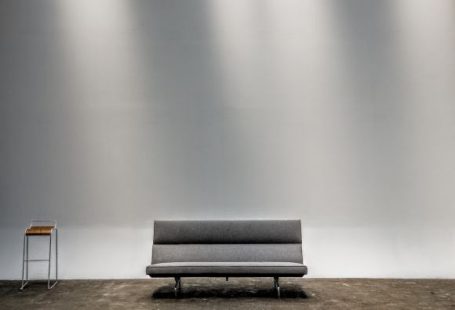Designing a home office that promotes maximum productivity is essential for those who work remotely or run a business from home. Creating a workspace that is conducive to focus, creativity, and efficiency can greatly enhance your work performance. Here are some key considerations to keep in mind when designing your home office for maximum productivity.
1. Choose the Right Location
The location of your home office plays a crucial role in your productivity. Ideally, it should be placed in a quiet area away from distractions. Avoid setting up your workspace in high-traffic areas of your home, such as the living room or near the kitchen. A spare bedroom, a basement, or a converted attic can serve as perfect locations for a home office, providing a dedicated space for work that is separate from your personal life.
2. Natural Lighting is Key
Natural lighting is known to improve focus and mood, so try to position your desk near a window to maximize the amount of natural light in your workspace. If natural light is limited, invest in good quality lighting fixtures that mimic natural light to reduce eye strain and create a pleasant working environment.
3. Ergonomics for Comfort
Comfortable furniture and proper ergonomics are essential for long hours of work. Invest in a good-quality chair that provides adequate back support and adjustability. Your desk should be at a height that allows your arms to rest comfortably on the surface, with your feet flat on the floor. Consider using a standing desk or an adjustable desk converter to alternate between sitting and standing throughout the day, promoting better posture and reducing the risk of health issues associated with prolonged sitting.
4. Declutter and Organize
A cluttered workspace can be distracting and hinder productivity. Keep your home office organized by having dedicated storage solutions for files, supplies, and equipment. Use shelves, drawers, and filing cabinets to keep everything in its place. Minimize distractions by keeping only the essentials on your desk and removing unnecessary items.
5. Personalize and Inspire
Make your home office a space that inspires you and reflects your personality. Surround yourself with items that motivate and energize you, such as artwork, plants, or meaningful quotes. Choose a color scheme that promotes focus and creativity, such as calming blues or energizing yellows. Personalizing your workspace can help create a positive and inspiring atmosphere that will enhance your productivity.
6. Design for Functionality
Consider the functionality of your home office when designing the layout. Position your desk in a way that allows easy access to frequently used items and technology. Make sure your computer, printer, and other equipment are within reach, minimizing the need to constantly move around. Invest in cable management solutions to keep cords organized and out of sight, reducing visual clutter.
7. Create a Distraction-Free Zone
Eliminating distractions is crucial for maintaining focus and productivity. If possible, designate your home office as a no-entry zone during working hours, setting clear boundaries with family members or roommates. Use noise-canceling headphones or play background music to help drown out external noise. Consider installing soundproofing materials or curtains to minimize noise pollution from outside.
In conclusion, designing a home office for maximum productivity involves careful consideration of the location, lighting, ergonomics, organization, personalization, functionality, and creating a distraction-free environment. By implementing these key principles, you can create a workspace that maximizes your efficiency and helps you achieve your professional goals while working from the comfort of your own home.






